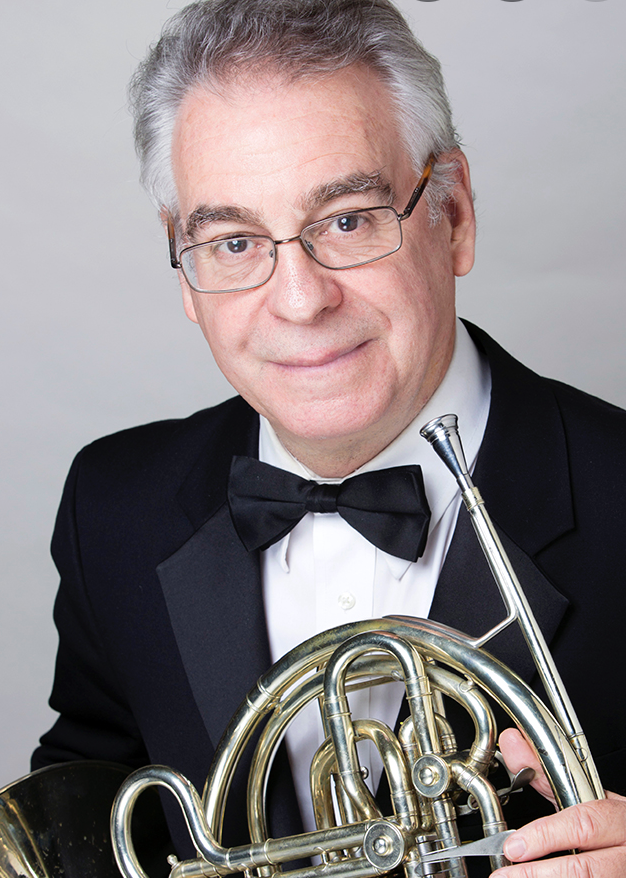|
Symphony
FROM THE NEW WORLD TO THE OLD WORLD
by Peter Lert
Saturday, June 14, 2025
Chamber
MC2 DUO RECITAL CLOSES 222'S SEASON
by Terry McNeill
Saturday, June 14, 2025
Choral and Vocal
CANTIAMO SONOMA'S LUSCIOUS A CAPELLA SINGING IN SEASON ENDING CONCERT
by Pamela Hicks Gailey
Sunday, June 8, 2025
Symphony
SRS SEASON ENDS WITH RESOUNDING TA-TA-TA-BANG
by Terry McNeill
Sunday, June 1, 2025
Symphony
YOUTHFUL VIRTUOSITY ON DISPLAY AT USO'S MAY CONCERTS
by Peter Lert
Saturday, May 17, 2025
Symphony
MYSTICAL PLANETS AND LIVELY GERSHWIN ORTIZ AT FINAL SRS CONCERT
by Peter Lert
Sunday, May 4, 2025
Symphony
VSO'S CONCERT MUSIC OF TIME, MUSIC OF PLACE
by Peter Lert
Sunday, April 27, 2025
VOCAL ELEGANCE AND FIRE AT THE 222'S RECITAL APRIL 26
by Pamela Hicks Gailey
Saturday, April 26, 2025
CANTIAMO SONOMA SINGS AN INSPIRED GOOD FRIDAY MOZART REQUIEM CONCERT
by Pamela Hicks Gailey
Friday, April 18, 2025
DRAMATIC SHOSTAKOVICH SYMPHONY CLOSES PHILHARMONIC'S 25TH SEASON
by Terry McNeill
Sunday, April 13, 2025
|
 |
 HORNIST WILLIAM KLINGERHOFFER |
CHAMBER GEMS OF BRAHMS IN TRIO NAVARRO'S SCHROEDER CONCERT
by Judy Walker
Sunday, May 1, 2022
The Navarro Trio, comprising regular members cellist Jill Brindel and pianist Marilyn Thompson, presented a concert May 1 in Schroeder Hall devoted to the music of Brahms, and were joined by violinist Jeremy Constant, William Klingerhoffer (horn) and violist Jenny Douglass. A small audience received an afternoon of exemplary chamber music.
The program opened with the iconic E Flat Trio, Op. 40, for horn, violin and piano. From the first phrases, mysterious but not murky, one had the sense that the typical challenge of balancing the sounds between the three instruments was well in hand, due in large part to the strong tone produced by the violin coupled with the mellow timbre of the horn, neither overwhelming the other. The elegance of Ms. Thompson’s playing could have been enhanced by having the piano’s lid fully open instead of the short stick, especially in the opening Andante movement.
Mood changes in Brahms’ music are ever constant and were observed assiduously throughout this performance. The first movement has been described as a depiction of loss and love, and the performers stretched out the long melodic lines using impeccable phrasing to elicit the sense of yearning embodied in the music. The contrast of the succeeding Scherzo was an uplifting of the spirits. This Brahms version of a scherzo is not the delicate froth of one from Mendelssohn, but a more pulsing percussive opening that led to a slower rhapsodic middle section, and played very expressively by the Navarro. This emotional depth was embodied in the brooding opening of the Adagio, and the restrained mood continued to the melancholy closure.
The playing in the Allegro finale exhibited a contrasting sense of exhilaration and optimism, utilizing precise syncopation and was enhanced by the hunting horn motifs and use of sforzandos, all leading up to an energetic and exciting closure.
Following a brief intermission, another Brahms chamber musical gem was heard, the G Minor Quartet, Op. 25. The start of the music was preceded with an amusing moment where Ms. Brindel, upon carefully organizing her sheet music, realized she had the wrong bow, and hastily walked off stage to retrieve the correct one. After this little diversion the group proceeded with their performance starting with the rich-toned opening statement on the piano, followed by the responding phrase on the part of the strings. The movement’s mélange of passion and reflection was well captured by the ensemble. The lyrical second movement (Intermezzo) opening by the strings using mutes was suitably mysterious in mood followed by the piano’s more declarative statement. The interchange of the rising and falling themes between the piano and the strings was seamless. The contrasting middle section, the trio, was played animato with great delicacy by all instruments. The movement continued with the recapitulation of the Intermezzo followed by the peaceful coda.
The gorgeous religiosity of the third movement Andante, opening with a chorale-like theme in the strings with a muted flowing accompaniment in the piano part, was masterfully interpreted. However, lest we get lulled into a sense of peaceful security, Brahms leads us to a place of anxiety punctuated by repeated dotted rhythms played with perfect precision by the quartet. The exciting Gypsy Rondo provided a perfect climax to the performance. Taken at a very lively tempo, the movement personifies its Hungarian Gypsy roots by the use of the minor key coupled with high energy movement in all parts. Ms. Thompson handled of the difficult 16th note piano passages with complete clarity and apparent ease, generating the composer’s required excitement level.
Brahms again introduces a middle section with a very different vibe – a slower tempo in a major key tamping down the semi hysteric motion of the beginning and evoking more of a gypsy lament. An appropriate use of rubato was used to provide the contrast. The music then returns to the original dance with ever increasing speed, ending with the quartet mastering a breathtaking Molto Presto.
Throughout the concert there was excellent intonation from the horn and strings, a wide range of dynamics, and impressive collaborative playing. For this reviewer the highlights took place in the Scherzo of the horn trio and the emotional richness of the slow movement of the Piano Quartet. It is not too much to say there was much pleasure to be appreciated in the entire program. The audience response was enthusiastic but brief. No encore was performed.
|

